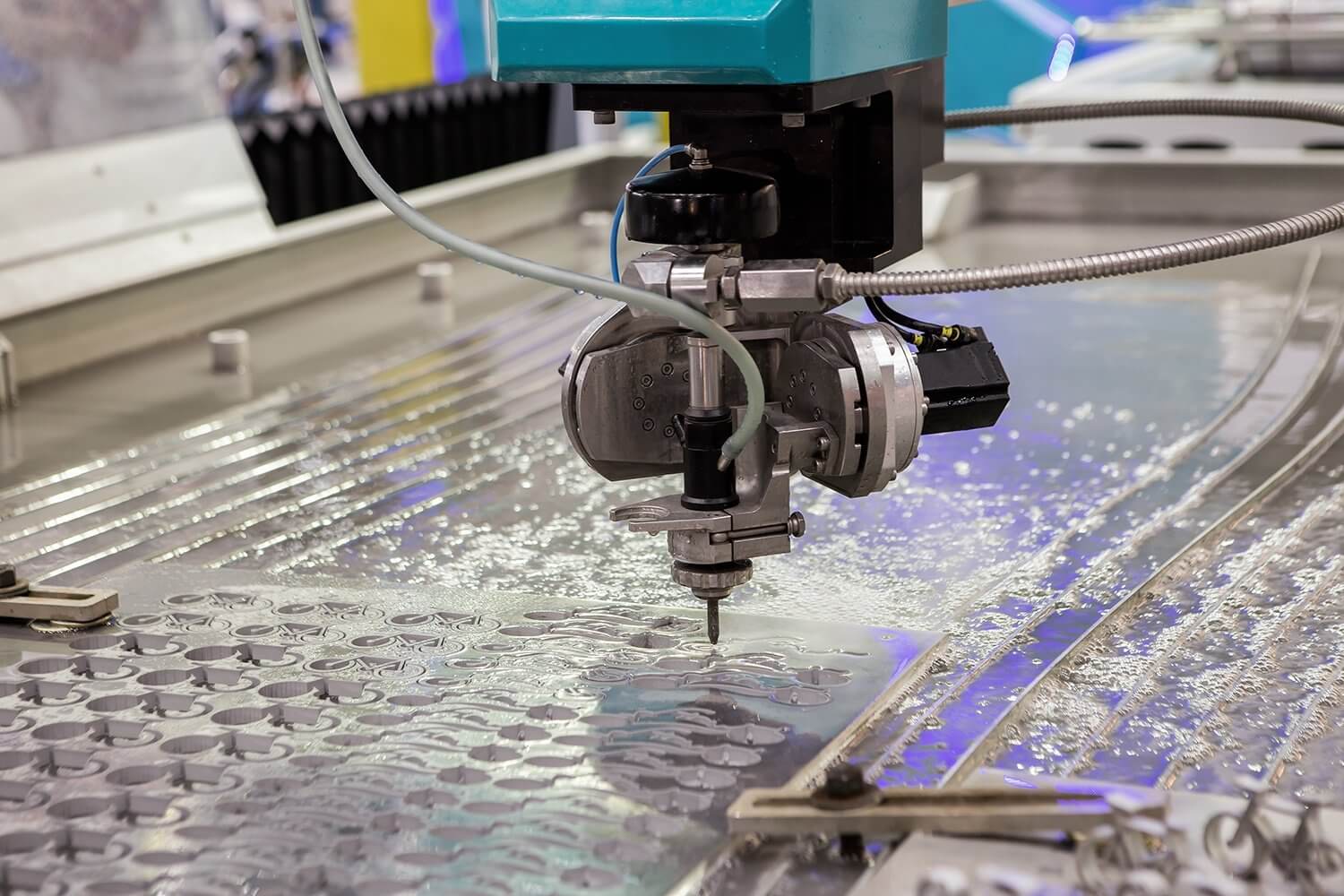Tips to Choose the Best Fiber and its Slicing Equipment
The development and application of fiber optics signaled the start of a new era of progressive broadcasting. Fiber-optic Internet is the next generation of broadband. It uses fiber-optic technology to achieve the fastest speeds currently available, up to 1Gpbs. Because of its widespread application, it is critical to implement the best fiber design for your industry to reap the greatest benefit. It is important to select the optical fiber cables carefully that will best match the spectroscopic analyzer system for optimal performance and investment. It will take time to categorize the optic connectivity and cable options. Navigating the various network cable levels and categories is hard enough.
As a result, to choose the best fiber design, you must consider the following factors:
- The application wavelength range of optical wavelengths
- The diameter of the optical fiber cable
- Environmental considerations
- The required signal transmission distance
- Prerequisites for Installation
Along with the aforementioned factors, the following technical factors must be considered:
- Multi-mode vs. Single-mode: You must decide whether you need a single-mode or multi-mode fiber. The mode of a fiber cable determines how light beams travel within the cables themselves. It’s significant because the two modes are incompatible and cannot be used in place of each other. The single-mode cord has little variety, but the multi-mode cord has options ranging from OM1 to OM3. They differ in terms of capacity, distance, and speed.
- The fiber count is the next step. Do you need to decide what fiber count you want? Because they specify fiber for receive and transmit, and it is usually in even numbers. The number of fibers can vary between one and 144. It’s always a good idea to pull more fiber than you need. You only get one pull, and future content demands will cause additional capacity.
- What amount of fiber do you need on a reel? Unlike copper wire, fiber is typically purchased directly from the manufacturer for a specific job. These can be enormous, with a single reel reaching and exceeding 16,000 feet. As a result, the length will vary depending on the job, and you must decide what is required.
- Consider the fiber design’s internal construction, which includes jackets, loose tubes, assembly, zip cord, fan-out, or breakout.
Recent advances in best fiber optic design, as well as the introduction of splicing machines, have resulted in significant improvements in data communication and networking. Fiber splicing is the process of permanently welding or fusing fibers using heat, and splicing machines are used to join the fibers together. When the fiber is not so long or broken, a splicer is more useful and makes the job easier. Regardless of the application, these splicing machines are critical in achieving maximum performance from optical fibers.
The fiber splicing equipment is a small, sturdy hand-held machine. They are portable, dependable, and allow for precision splicing while also ensuring ease of use and high-speed performance. Splicing fiber optic cable is a simple procedure. The fiber ends must be fed into the splicer, where they are automatically allied and fused. Because there is less reflection or light scattering in this procedure, it ensures greater reliability.
The following are the benefits of using the best slicing machine for enhanced and maximum performance:
- Faster operation in merging the fibers.
- Improved precision
- Light refraction and reflection that is precise
- There are far fewer splicing losses.
- It is more versatile and you can even handle the fibers of small diameters.
Many brands on the market sell these slicing and cutting machines, but it is important to choose the best. After several months to a year of intensive use, investing in a genuine splicing machine will be more beneficial. Tee Rex Tee is one of the best brands of blades that are extremely useful in cutting machines. People in a variety of industries use them extensively to cut fiber glasses and fiber to custom lengths. These blades are crucial in the composite, textile, and fiber industries.
Final Thoughts
What type of fiber optic cable should you use? When choosing fiber cable, please keep the factors mentioned here in mind. Only by understanding these factors will you be able to select the fiber cable that is best suited to your requirements.
